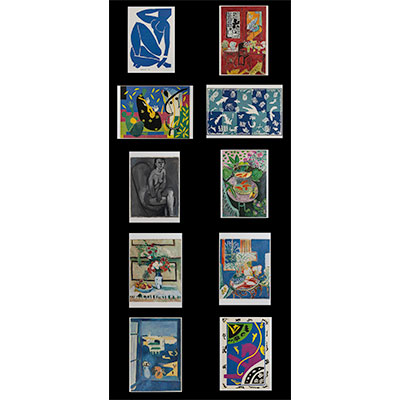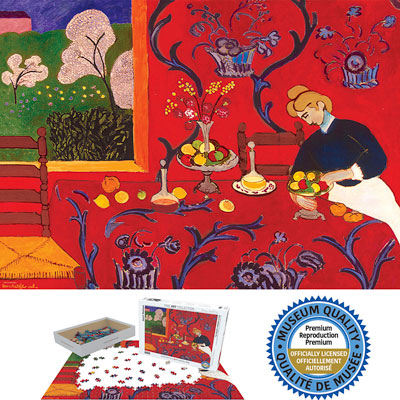Tel : (+33) 4 94 63 18 08
9am - 6pm from Monday to Saturday
Henri Matisse
Henri Matisse was a French artist from the early 20th century, known as one of the most important painters and sculptors of the modern era. Born on December 31, 1869 in Le Cateau-Cambrésis, in northern France, Matisse grew up in a modest family and studied law before turning to painting. He studied art at the École des Beaux-Arts in Paris, where he was influenced by the Impressionist and Post-Impressionist movements.
Throughout his career, Matisse explored many styles and techniques, including Fauvism, an artistic movement characterized by bright colors and stylized forms. His most famous works include paintings such as "La Danse" and "The Knife Thrower," as well as bronze sculptures like "Nu couché II, 1927."
Matisse was also known for his drawings, prints, and mural decorations. He worked on many projects in collaboration with other artists and designers, including the creation of stage costumes for the ballet "Le chant du Rossignol" in 1920 at the Paris Opera and the Chapel of the Rosary in Vence, also known as the Matisse Chapel.
In addition to his artistic career, Matisse was also known for his writings on art and teaching. He taught and held workshops at the Académie Ranson in Paris and wrote several books on art, including "Notes d'un peintre" and "Jazz."
Matisse passed away on November 3, 1954 in Nice, France, leaving behind a formidable body of work that has deeply influenced modern and contemporary art. His works are exhibited in museums worldwide, and he is considered one of the most important and influential artists of all time.
Year of birth : 1869
Year of death :
1954
Nationality : France
Pictorial movement : Fauvism, Impressionism, Modern Art
Famous works : Nu bleu II (1952), La Danse II (1910), L'Atelier rouge (1911), Goldfish (1911), Fenêtre à Tanger (1912)

